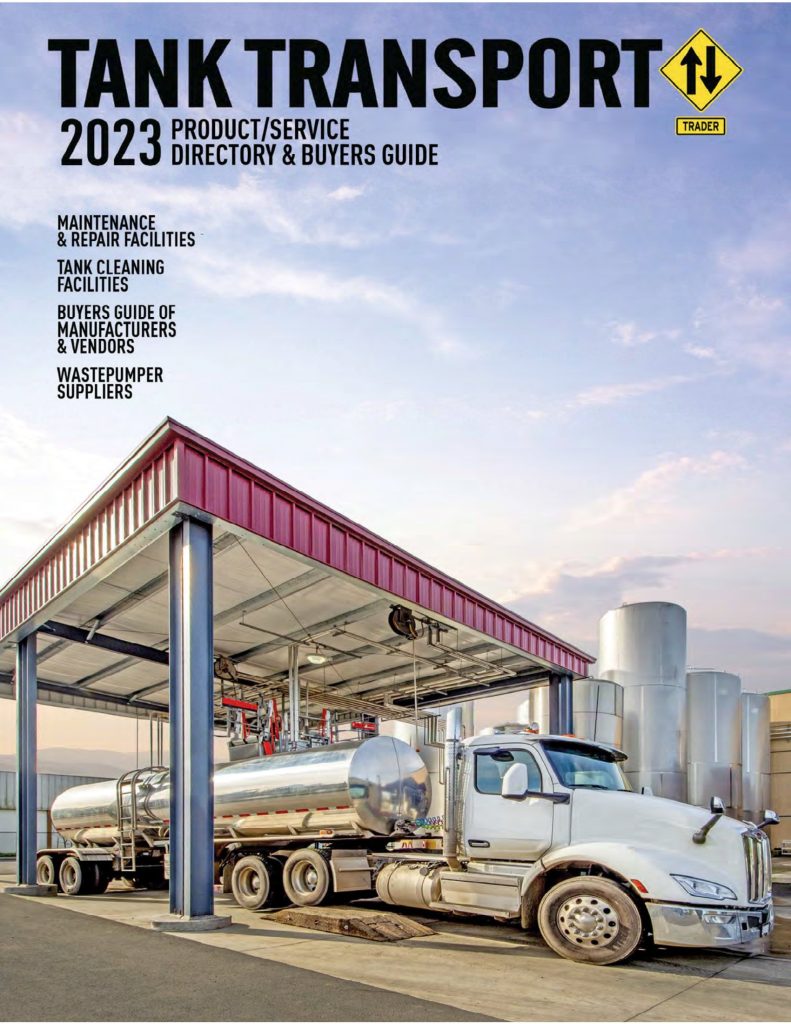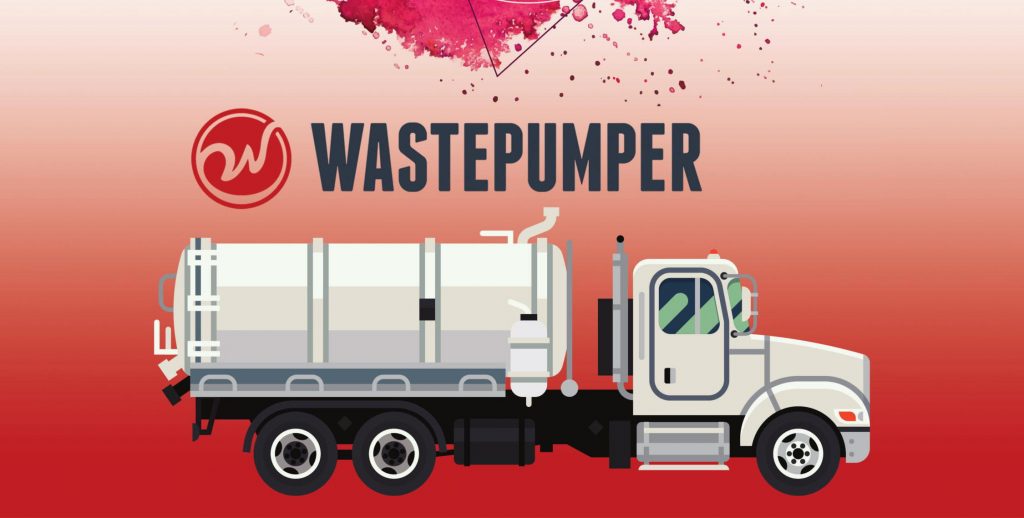- Is your inventory strategy agile enough for today’s market? Explore the pivotal shift from Just-in-Time to Just-in-Case models and their impact on global supply chains.
- Tech at the forefront: Discover how cutting-edge technologies like ASRS and predictive analytics are revolutionizing inventory management for businesses worldwide.
- Hybrid models: The future of inventory management? Uncover how businesses blend JIT and JIC strategies to optimize efficiency and mitigate risks.

Integrating just-in-case inventory buffers against sudden supply chain shocks, while just-in-time strategies cut costs and streamline operations for lean efficiency.
In a rapidly evolving marketplace, the debate surrounding just-in-time vs just-in-case inventory models has intensified. Traditional lean supply chain approaches once focused on minimizing stock and cutting costs through timely deliveries. Today, unpredictable disruptions and surging demand variability are prompting decision-makers to reassess their priorities, balancing efficiency with resilience.
For more insights into evolving business strategies, explore our latest updates.
How Are Just-in-Time vs Just-in-Case Models Influencing Inventory Strategies?
Emerging challenges in global markets have sparked a critical re-examination of inventory management strategies. Historically, just-in-time (JIT) methods gained popularity for their ability to streamline operations, reduce warehousing expenses, and maintain cost-effective order cycles. However, recent events—from supply chain volatility to unforeseen production halts—have exposed the vulnerabilities of running with razor-thin margins.
In contrast, just-in-case (JIC) practices focus on holding buffer stock to safeguard against unexpected shortages. By maintaining additional inventory, businesses can mitigate risks, improve fulfillment efficiency, and ensure that even when primary suppliers falter, products remain available. This shift demands more sophisticated demand forecasting and a recalibration of trucking demand schedules as increased inventory volumes flow through multiple points in the distribution network.
Discover additional insights on effective inventory management methods.
Enjoying our insights?
Subscribe to our newsletter to keep up with the latest industry trends and developments.
Stay InformedIntegration of Advanced Technologies:
The role of technology in optimizing inventory management has become increasingly significant. Advanced systems like Automated Storage and Retrieval Systems (ASRS) and sophisticated inventory management software are pivotal in implementing both JIT and JIC strategies effectively. These technologies enhance efficiency and accuracy, enabling businesses to adapt quickly to changing market demands while maintaining optimal stock levels.
Learn about the cutting-edge tools shaping logistics technology innovations today.
What Drives the Shift from JIT to JIC in Today’s Supply Chain?

Warehousing strategies now prioritize space optimization and real-time data.
Several factors have driven companies toward more flexible models. Heightened geopolitical tensions, sudden public health events, and intensifying consumer expectations push inventory models beyond traditional boundaries. Supply chain flexibility and supplier reliability become key considerations as businesses balance lean supply chain principles with contingency planning. The need to maintain safety stock and reevaluate warehouse logistics has never been more pressing.
For more updates on broad supply chain trends and news, click here.
Supply Chain Flexibility and Supplier Relationships:
JIT is highly dependent on reliable supply chains, necessitating strong supplier relationships and precise demand forecasting. Any disruption can severely impact operations, emphasizing the need for robust contingency planning. Conversely, JIC offers a buffer against such disruptions, albeit at a higher cost, suggesting that businesses might benefit from maintaining strategic reserve stocks or diversifying their supplier base to enhance supply chain resilience.
For additional perspectives on comprehensive logistics management approaches, visit this resource.
Balancing Efficiency and Risk Mitigation in Just-in-Time vs Just-in-Case

On-demand deliveries bring goods closer to consumers, boosting responsiveness.
Finding the sweet spot between JIT and JIC involves carefully considering fulfillment efficiency and cost management. Pure JIT strategies excel when suppliers are dependable, transit times are predictable, and consumer demand is stable. This model reduces capital tied up in inventory and trims overhead costs. Yet, it leaves businesses vulnerable to disruptions that can ripple through the value chain.
By incorporating just-in-case elements—such as:
- strategic stockpiling
- diversified supplier bases
- dynamic demand forecasting
—organizations gain a safety net. Risk mitigation measures help absorb shocks and maintain consistent operations, even under uncertain conditions. The resulting configuration need not be all-or-nothing; it can be a hybrid that emphasizes resilience while preserving key lean principles.
Explore strategies in robust risk management to navigate uncertainties.
Cost Implications and Strategic Financial Planning:

Striking a balance between cost savings and supply security is key.
From a financial perspective, the trade-offs between JIT and JIC are stark. JIT can significantly reduce holding costs, allowing businesses to utilize capital more efficiently elsewhere. This is especially beneficial for industries with stable demand, where inventory can be minimized without risking shortages.
However, JIC strategies, while offering greater security, come with increased storage costs and potential overstocking issues. Businesses employing JIC may face higher carrying costs, affecting overall profitability unless managed carefully. Strategic financial planning is essential to balance these costs with the benefits of enhanced supply chain security.
Dive deeper into achieving higher operational efficiency in complex supply chains.
The Impact on Trucking Demand and Warehouse Logistics

Hybrid models blend lean efficiency with built-in resilience.
The shift to JIC strategies significantly influences trucking demand and warehouse logistics. Increasing inventory levels translate into greater trucking capacity requirements, as more frequent shipments and cross-docking activities become necessary to keep goods flowing. This scenario encourages carriers to refine route optimization, invest in advanced fleet management technologies, and improve on-demand deliveries.
On the warehouse side, more inventory increases the need for spatial planning, inventory optimization, and efficient handling. Facilities must adapt through automation, advanced storage systems, and improved workflow layouts. Additionally, warehouse management software ensures accurate stock tracking, faster order picking, and seamless coordination between distribution centers. These efforts combine to create a more resilient and responsive network.
Discover approaches enhancing warehousing efficiency and agility.
How Does This Shift Enhance Supply Chain Resilience?

Advanced analytics drive smarter stock allocations and swift adjustments.
Embracing just-in-case concepts enhances supply chain resilience by providing a stronger defensive posture against sudden market shifts. When key components are stored strategically, companies reduce their reliance on “just enough” orders and gain better control over product availability. This safeguard strengthens supplier reliability and ensures that even if a particular link in the chain falters, production lines remain intact.
Are Hybrid Models the Future of Inventory Management Strategies?
A growing consensus suggests that hybrid models, blending JIT efficiency with JIC preparedness, are emerging as a competitive advantage. By combining lean supply chain principles with risk mitigation tactics, businesses maintain financial discipline while hedging against crises. The adoption of advanced forecasting tools, real-time data analytics, and cloud-based inventory management platforms supports this balanced approach.
Hybrid Models and Dynamic Adjustments:
Given the complexities of modern supply chains, more companies consider hybrid models that combine elements of both JIT and JIC. These approaches are tailored to specific business needs, considering factors like product type, market conditions, and supplier reliability. For instance, a company might use JIT for high-turnover products where demand is predictable, while adopting JIC for items with uncertain demand or longer lead times. This dynamic strategy minimizes costs and protects against disruptions.
Learn more about the principles of effective supply chain management strategies.
What Role Does Data-Driven Demand Forecasting Play?

When disruptions hit, diversified suppliers and strategic reserves pay dividends.
Data-driven demand forecasting is central to recalibrating just-in-time vs just-in-case models. Predictive analytics, artificial intelligence, and machine learning help companies detect patterns, anticipate disruptions, and respond proactively to changing conditions. Better forecasting ensures inventory allocations align closely with actual market trends rather than relying solely on historical averages.
Learn more about leveraging data analytics in trucking and transportation.
How Can Businesses Elevate Fulfillment Efficiency?
To stay competitive, organizations invest in fulfillment efficiency improvements. Automated picking robots, integrated transportation management systems, and real-time inventory tracking tighten operational control. The result is an agile supply chain able to pivot swiftly—shortening lead times, enhancing customer satisfaction, and bridging the gap between just-in-time and just-in-case methodologies.
The Role of Data Analytics in Inventory Optimization:
Data analytics is critical for fine-tuning inventory strategies. Real-time data and predictive analytics help businesses anticipate market changes and adjust their inventory practices accordingly. This capability is essential for managing the balance between minimizing stock levels and avoiding stockouts, especially in volatile markets.
Gain insights into emerging market trends shaping future supply chain and transportation industry strategies.
Considering Both Sides: JIT and JIC in Perspective
Neutrality matters when comparing just-in-time vs just-in-case approaches. While just-in-time inventory can lower holding costs, reduce waste, and streamline supply lines, it’s not foolproof. Unforeseen disruptions can expose its weaknesses, and production stalls may quickly cascade into delivery failures.
Conversely, just-in-case inventory, though providing a buffer against surprises, can raise financial burdens due to carrying costs, potential obsolescence, and complex warehouse logistics. Both methods have merits and pitfalls, and the final choice depends on a company’s risk tolerance, market conditions, and strategic objectives.

Sophisticated forecasting keeps inventory aligned with ever-shifting demand.
The Rise of Supply Chain Flexibility and On-Demand Deliveries
As trends shift, on-demand deliveries emerge as a valuable tool for addressing unpredictability. Positioning goods closer to end markets enables companies to respond rapidly to sudden demand spikes. This approach reduces reliance on long-haul trucking for last-minute replenishments and leverages a network of smaller, strategically located facilities.
Stay informed on the changing dynamics of the trucking industry to better navigate logistics challenges.

Just-in-time still cuts costs, but just-in-case ensures operational stability
Supply chain flexibility allows businesses to scale up or down quickly, reroute shipments, and engage alternate suppliers, maintaining continuity even when primary channels face challenges. This adaptability transforms inventory management from a rigid framework into a fluid system responsive to market fluctuations.
Learn about successful partnerships driving resilience in complex supply chains.
Future Considerations for a Balanced Strategy
Looking ahead, the industry’s trajectory points to more nuanced solutions. As technologies like the Internet of Things (IoT), blockchain, and predictive analytics mature, inventory optimization can become more dynamic. Instead of relying solely on historical data, businesses can consider real-time signals—weather changes, political shifts, or supplier outages—adjusting just-in-time vs just-in-case balances accordingly.
Manufacturers, distributors, and retailers can refine their approach by continuously monitoring performance metrics, experimenting with pilot programs, and fostering closer supplier relationships. Integrating these elements ensures that changes in warehouse logistics or trucking demand don’t catch companies off-guard, enabling smoother, more resilient operations.
Discover how motor carriers are adjusting their operations for transportation.
Conclusion
The ongoing evaluation of JIT and JIC models, enhanced by advanced technologies and strategic planning, underscores the need for flexible, informed approaches to inventory management. As global market conditions evolve, so must the strategies businesses employ to manage inventories effectively. Rather than choosing JIT or JIC outright, integrating elements of both builds a resilient, responsive, and financially sound supply chain.
For more industry-wide updates, explore the evolving landscape of the freight industry here.
Key Developments in Inventory Management Strategies
- Adoption of Hybrid Models: Companies integrate both JIT and JIC to balance efficiency with resilience, responding to market volatility and disruptions.
- Technological Innovations: Automated Storage and Retrieval Systems (ASRS) and advanced inventory management software enhance the precision and responsiveness of strategies.
- Enhanced Supply Chain Flexibility: Emphasis on flexible structures allows quick responses to unforeseen challenges, supported by robust data analytics.
- Financial Strategy Optimization: Firms recalibrate financial strategies for JIT/JIC cost implications, ensuring effective capital use while maintaining necessary inventory levels.
By embracing these approaches and continually refining strategies, organizations can ensure that their supply chains remain highly durable, consistently cost-effective, and capable of meeting shifting consumer demands. In an environment marked by rapid changes and intensified competition, the ability to adapt quickly and manage resources wisely is more critical than ever.
Synopsis for Industry Players
In the trucking and manufacturing sectors, the choice between just-in-time (JIT) and just-in-case (JIC) inventory models often transcends simple cost considerations. JIT can streamline operations, reduce overhead, and optimize delivery cycles—ideal for stable markets and predictable demand. Conversely, JIC provides a protective cushion against unforeseen disruptions, ensuring critical parts stay in stock when sudden spikes occur or supply lines falter. For many organizations, a balanced, hybrid approach that carefully integrates JIT’s lean principles with the strategic reserves of JIC can deliver both efficiency and resilience in today’s unpredictable marketplace.
FAQs: Questions to Ask Before Changing Your Inventory Strategy
- Are my suppliers consistently reliable?
Evaluate supplier performance and reliability. JIT depends on punctual and predictable deliveries, while JIC can help mitigate uncertainty from less reliable partners. - How stable is my product demand?
If fluctuations are common, some JIC measures can prevent stockouts and lost sales. Steady, predictable demand scenarios may favor a tighter JIT model. - What are my storage and carrying cost constraints?
Consider warehouse space, carrying costs, and capital tied up in inventory. JIT keeps inventory lean, while JIC might require more storage but safeguards supply continuity. - Do I have the technology for accurate forecasting?
Reliable forecasting tools like predictive analytics are crucial. They help optimize both JIT precision and JIC buffer levels, reducing guesswork and improving decision-making. - How critical is uninterrupted production or delivery?
If halting production or missing deliveries is costly—financially or reputationally—JIC can provide the safety net needed to maintain operations during unforeseen disruptions.
What’s the Easiest Way to Transition Between JIT and JIC?
- From JIT to JIC: Start by introducing a controlled amount of buffer stock for your most critical or demand-sensitive components. Use data analytics to identify which parts are vulnerable to sudden disruptions, then gradually add limited safety stock. Adjust as needed based on performance metrics, ensuring you maintain cost-effectiveness without sacrificing resilience.
- From JIC to JIT: If you’re carrying excess inventory and want to streamline, begin by gradually reducing buffer levels on stable, predictable items. Implement more precise forecasting tools to improve your demand planning, and collaborate closely with reliable suppliers to maintain consistent delivery schedules. Over time, refine ordering cycles and inventory thresholds until you reach a leaner, more cost-efficient JIT framework that still meets your customers’ expectations.
By considering these factors and continuously adjusting your approach, you can create an inventory model that effectively balances efficiency, cost control, and risk mitigation.
Expand Your Knowledge with Trusted External Resources
- Gain deeper insights into global supply chain standards through the Council of Supply Chain Management Professionals (CSCMP).
- Understand regulatory frameworks affecting transportation and logistics at the U.S. Department of Transportation.
- Explore operational best practices for inventory control and forecasting with the Association for Supply Chain Management (ASCM).
- Delve into data-driven strategies for risk mitigation and resilience by reviewing the latest Bureau of Transportation Statistics reports.
- Examine global logistics benchmarks and performance metrics at the World Bank’s Logistics Performance Index.





















